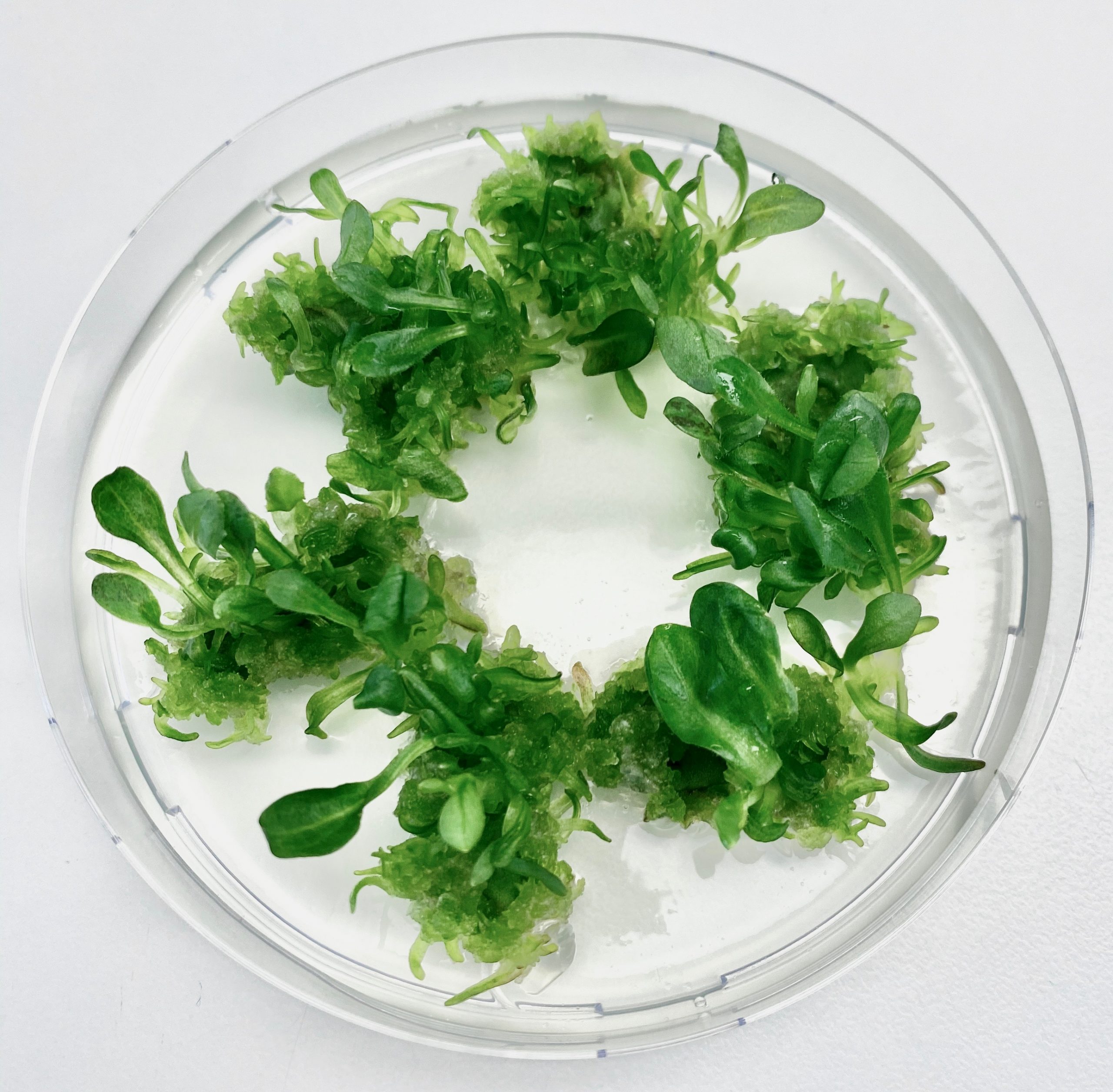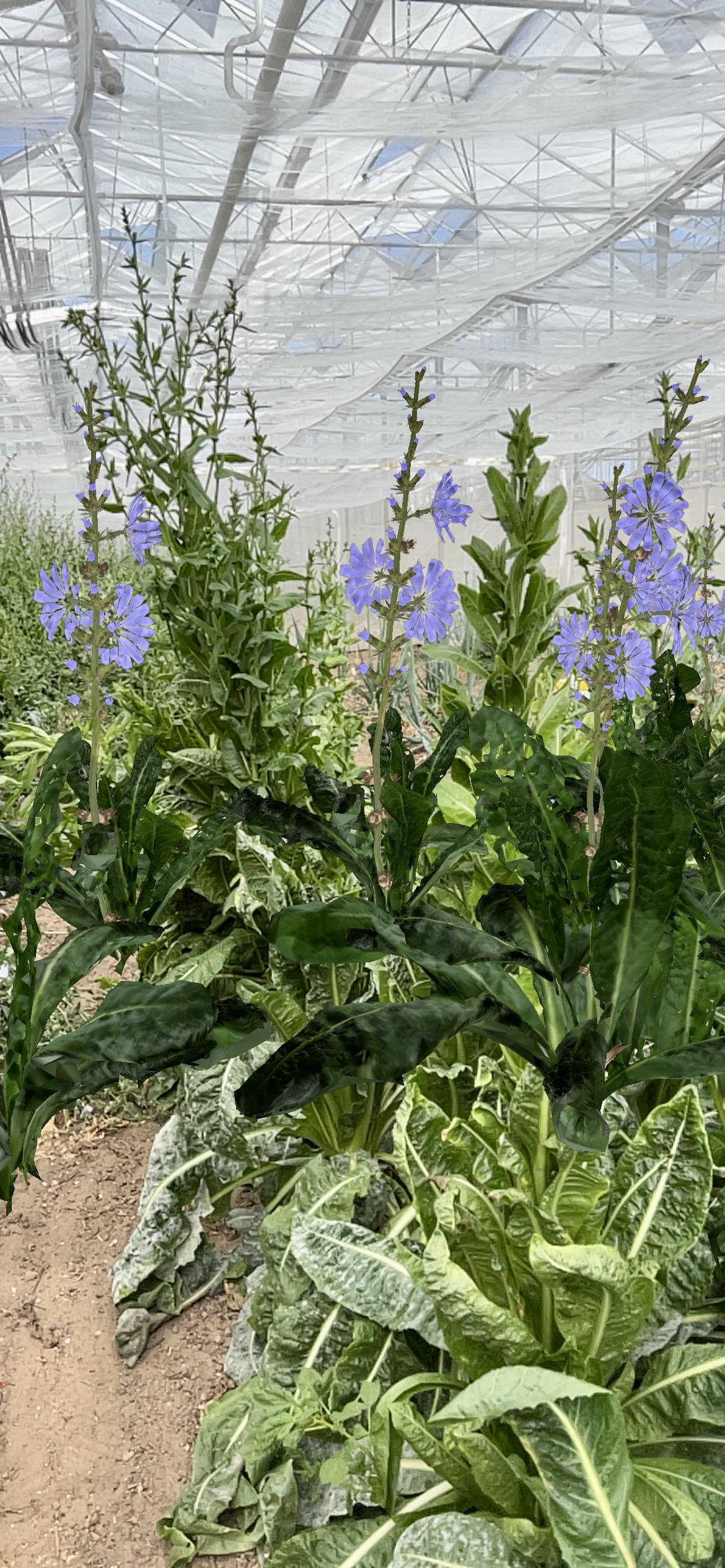A fixture of Michigan State University’s campus for nearly its entire history, the MSU Museum has dedicated an entire program to the sort of experimentation and boundary-pushing discovery for which the university is known. In September 2022, the MSU Museum inaugurated the CoLab Studio, a space committed to the exploration of timely and relevant issues through innovative exhibition design and community engagement.
“In the CoLab Studio, we don’t just observe the future; we create it,” said Devon Akmon, director of the MSU Museum. “We are reimagining the museum’s role in the 21st century, connecting students, faculty, and researchers in unprecedented ways, and maximizing our mission as we venture beyond the boundaries of traditional museums.”
In other words, it’s time for new ideas and bold thinking at the MSU Museum.
Food Fight! is the next CoLab Studio exhibition, opening this winter after a worldwide call for interdisciplinary proposals that address issues related to food security, production and sustainability, and the social, environmental, political and economic relationships humans have with food.
Exhibition open calls—requests for submissions of existing or new work to be considered by curators or curatorial committees—are common practice for museums. But the MSU Museum seeks to take an uncommon approach. Instead of selecting proposals that fit into a finalized vision, they have adopted a more flexible model that fosters ongoing dialogue around a broad theme between the participants, exhibition designers, and museum team, developing the vision collaboratively as they go.
Jason Jay Stevens is the principal and chief designer at Flutter & Wow Museum Projects. He and his team have been working with the MSU Museum on CoLab Studio exhibitions since the space’s inception.
He notes that in his experience, the collaborative model of these exhibitions is a disruptive departure from the norm, and also in line with the Michigan-based company’s focus on creating one-of-a-kind experiences, and empowering people along the way.
“For these shows, the artists and researchers are given tons of support and encouragement to be ambitious with their projects. We have extensive conversations with all of the participants, and we look for ways to elevate and add energy—technically, conceptually, experientially. At the same time, we’re watching for relationships to develop between artists, what they say in context to each other, and how it all relates to the show’s theme.”

The result is that the exhibition planning process is more fluid and responsive, giving everyone involved opportunities to evolve and expand their ideas. It is a communal approach to developing how issues of food justice and food sovereignty are addressed at every level, from the work in the exhibition to the text on the walls.
Natalia Carminati is a multimedia artist based in Barcelona, Spain. Her work explores the ways in which food is often our strongest connection to cultures, histories, and our environment. Her proposal was for a work called Super Mario Corn, a version of the popular video game Super Mario Bros. MSU Museum visitors can get ready to play a protagonist that faces the threats of an altered ecosystem in search of ways that can allow them to reverse a natural disaster they have caused—an experience that asks the player to reflect on issues of food sovereignty and industrialization.
Carminati knew what she wanted the game to convey, but in reflecting on how her ideas have grown from her initial proposal, she notes that the collaborative exhibition process has enriched her work.
“With other group exhibitions I have participated in, what normally happens is that a curator gathers together different, already finished works of different people, or they place a commission, and the result is that you always work by yourself, totally separate from whatever is going on in parallel to whatever you’re producing,” Carminati said. “But the general proposal of this exhibition is to work together. For example, the second meeting that I had with the MSU Museum, I met the entire team, from public programming to communications to exhibition designers to students that were going to be talking about my work in the museum later on. This process has already expanded my work, which is, of course, a dream for an artist.”


London-based artist Anna Dumitriu and her artistic collaborator Alex May have learned to edit the genetics of plants in the lab themselves as part of their practice. The two have created a new video and sculptural installation for Food Fight! containing genetically modified chicory plant cells that will enable audiences to reflect on the processes used to create these novel plants, and the potential benefits of new plant breeding technologies in the future.
“We’ve already had several discussions with the exhibition design team who will help the work be shown in its best way and create a dialogue between works in the show,” Dumitriu said. “Approaches to gene edited crops are different in the USA to Europe and that context is fascinating to us. We have been discussing how the work will be contextualized by the location it will be shown in and the audiences it will reach.”


The open-source nature of the interdisciplinary call also resulted in a diverse pool of proposals. The MSU Museum drafted the call to be open to all who wanted to participate. The invitation was extended to anyone from any level of experience and background, and for work at any stage of development, from an idea or concept to an existing creation.
When Heather Howard and the team with Wiba Anung, a sustained partnership program between MSU and the InterTribal Council of Michigan, came across the call, they were inspired by the ways in which their work related. The team, which consists of Anishinaabekwe from several Indigenous communities in Michigan, faculty, and former and current MSU graduate and undergraduate students spanning numerous disciplines, submitted a proposal that would draw attention to the relationships the Anishinaabeg have with food through a multimedia installation.

“This team is not necessarily your typical kind of artists or museum folks who would put together exhibits,” Howard noted. “But I came across the call and thought, it’s a fantastic opportunity to actually share the on-the-ground work that teams like this are doing. I liked that the call wanted to privilege those kinds of perspectives, welcoming people who are not necessarily accustomed to doing museum exhibits.”
The project draws from a part of their collaborative work, which uses the Thirteen Moons of Anishinaabe calendar to support healthy food education and access for Michigan Native families through teachings that are developed with and grounded in Indigenous communities.
“Having this stage and opportunity is really important,” added Jessica V. Barnes-Najor, who works with Wiba Anung through her role as director for community partnerships with the Office for Public Engagement and Scholarship at Michigan State University. “We often feel like we can talk about our work and people are like, ‘Oh, isn’t that nice?’ And then they walk away and never really understand what it is that we’re doing. This felt like a really great opportunity to raise awareness and to bring our work to campus in a way that we often don’t get to do.”
Their team had experience publishing and presenting in an academic setting, but an exhibition felt like a more multifaceted approach that could illuminate their important work to new audiences.
“I like how we can bring in physical elements to an exhibit,” said Beedoskah Stonefish, who currently works with the national service program AmeriCorps VISTA and Wiba Anung, and is a recent human biology graduate from MSU. “Sure, we can describe things in a paper and we can show that on a poster, but it’s different for people to be able to actually see and walk around a multidimensional object. We’ve even talked about burning medicines or playing music—bringing in different senses, and that’s something you’ll never be able to get in a poster session or in a manuscript.”
For Akmon, it comes back to that desire to push the boundaries of what it means to be a 21st century museum.
“For over 165 years, the MSU Museum has served as a cornerstone of teaching, learning, and research at the university. But the communities we serve need the museums of today to be more than just repositories of objects. We need to be catalysts for creativity, bridges spanning disciplines, and testaments to the boundless potential of human curiosity.”
And the exhibition participants agree.
“I think that museums right now are at a point in which they have to rethink themselves,” said Carminati.
For Dumitriu and Stevens both, the impact of reconsidering how museums can better serve communities also goes beyond its visitors. The sort of open dialogue that the MSU Museum is facilitating also benefits the participants directly.
Speaking from her perspective as an artist, Dumitriu noted that “it’s important that museums respect the visions of artists for their work and help push those visions to make even better results than they might imagine.”
Stevens adds that it’s the participants who can bring relevance and emotional gravity to an exhibition, and by working closely with them, museums can create the accessible and relatable exhibitions for which they are striving.
In reflecting on how this work has played out over the course of his partnership with the MSU Museum, Stevens emphasizes how unique these approaches are within the field from his experience.
“There’s nothing like CoLab exhibitions! From the way they’re curated, to the way they’re produced, to the intended audience and expected impact—it’s all very particular to this institution and the way they walk what they talk.”
And as anyone on the MSU Museum team will tell you with palpable enthusiasm, this is just the beginning.
Food Fight! opens at the MSU Museum on January 9, 2024.